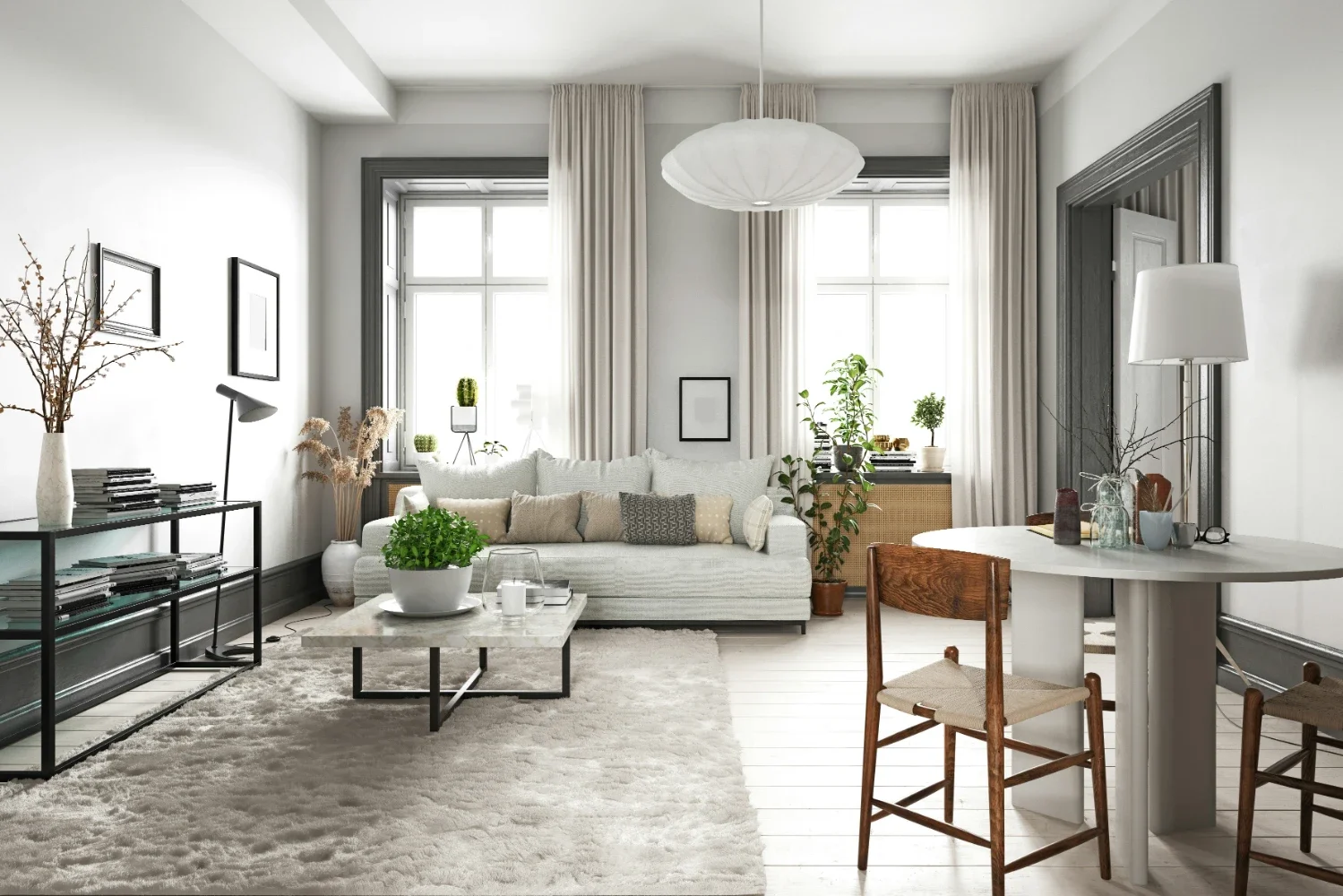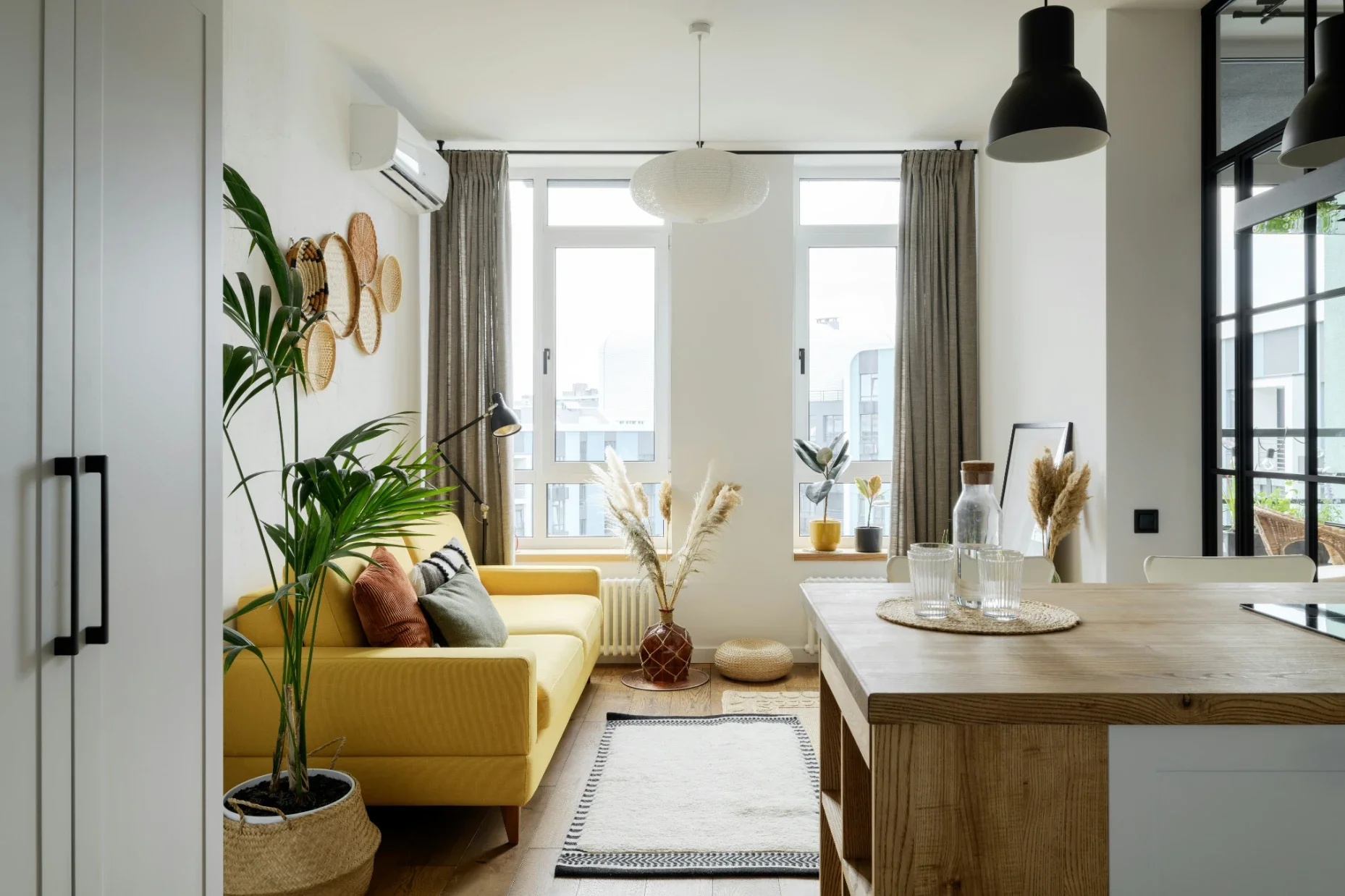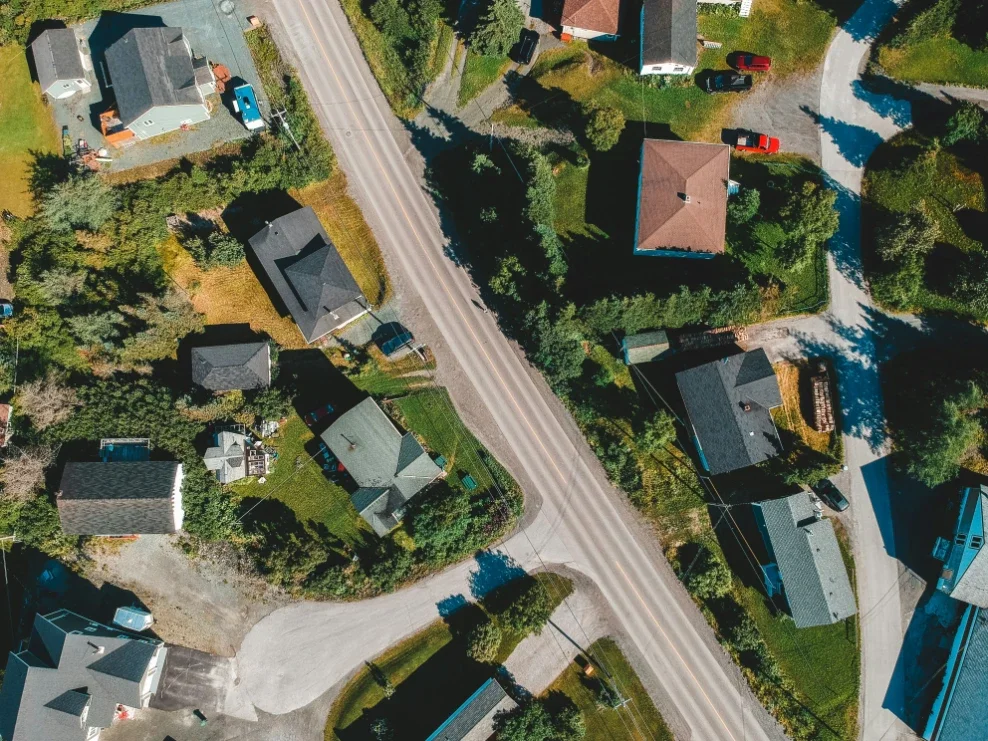Affordable Housing and Build-to-Rent: Real Solutions for a Real Crisis
Explore how affordable housing and build-to-rent solutions address today’s housing crisis—offering practical, scalable options for communities.
The Housing Crisis Is Real
There’s a serious housing shortage in the U.S. It’s not just about high prices—it’s about lack of supply. People want homes they can afford. But in many cities, those homes don’t exist.
According to the National Low Income Housing Coalition, the U.S. is short over 7.3 million affordable rental homes for extremely low-income renters. That’s not a small gap—it’s a national emergency.
Wages haven’t kept up either. The average hourly worker needs to make $28.58 per hour to afford a modest two-bedroom rental. In 2023, the national average wage was only $20.95.
Families are being pushed farther from jobs, schools, and services. Rent is eating up their paychecks. People are stuck renting apartments they can’t afford, or driving hours to find cheaper housing.
This is where Build-to-Rent (BTR) and affordable housing come in. Together, they offer one of the best paths out of this crisis.
What Is Build-to-Rent?
Build-to-Rent means entire neighborhoods are designed and built specifically as rental homes. Not apartments. Not condos. These are full-sized single-family or townhome-style houses, just like the ones people want to own—but available to rent long-term.
These communities offer things like fenced yards, garages, parks, and even swimming pools. They're professionally managed and often backed by big investors or developers who want stable, long-term returns.
Why does this matter? Because BTR solves two problems at once:
It adds new housing stock, fast.
It gives families the space and quality of a home—without needing a mortgage.
Why Build-to-Rent Makes Sense Now
BTR isn’t just a trend—it’s growing because the numbers make sense.
In 2022, nearly 14,000 BTR homes were completed in the U.S. That’s a 47% jump from the year before. In markets like Phoenix, Dallas, and Atlanta, BTR homes now make up 10-12% of all new home construction.
These homes fill the gap for renters who want more space but can’t afford—or don’t want—a down payment. Young families, remote workers, and retirees are driving demand.
Mortgage rates are near 20-year highs. Many would-be buyers are sitting on the sidelines. BTR gives them a high-quality rental alternative in the meantime.
As David Rocker puts it, “There’s a huge part of the population stuck between overpriced rentals and unaffordable mortgages. BTR is meeting them where they are—without cutting corners on quality.”
How Affordable Housing Fits In
While BTR works for the middle market, there’s still a big need for deeply affordable housing. That means homes priced for people earning 60% or less of the area median income (AMI). In many cities, this means families making $40,000 or less per year.
Affordable housing projects are often funded through tax credits, public-private partnerships, and nonprofit developers. But supply still falls short. Only 37 affordable units exist for every 100 extremely low-income renters.
The key is combining both approaches.
Some developers are now blending BTR with affordability by setting aside units for lower-income renters or partnering with cities for funding. Others are using prefab construction and shared infrastructure to cut costs.
It’s not easy. But it’s possible.
Actionable Steps to Scale These Solutions
1. Rethink Zoning Laws
Most cities are still zoned for large, single-family lots. That makes it harder to build BTR communities or small affordable homes.
Cities should allow more flexible zoning—like duplexes, fourplexes, and mixed-use spaces. It speeds up permits and makes land cheaper to use.
2. Incentivize Build-to-Rent and Mixed-Income Projects
Local governments can offer tax breaks, fee waivers, or fast-track approvals for developers building BTR or affordable homes.
They can also create land trusts or offer public land at a discount in exchange for affordable units.
3. Support Innovative Construction Models
Off-site construction, modular homes, and 3D-printed units aren’t science fiction—they’re cost-effective ways to build faster and cheaper.
Builders and governments should test these models at scale. Lower construction costs = lower rents.
4. Make Financing Easier
Affordable housing financing is a maze. Multiple layers, slow timelines, unclear rules.
Streamline the process. Create public funds or loan guarantees specifically for mixed-income BTR projects.
Encourage banks and investors to treat these projects as long-term stable assets, not high-risk gambles.
5. Track Outcomes and Share What Works
Every city trying something new should measure the impact. Did rents go down? Did families stay longer? Did schools or employers see benefits?
Share results across regions. What works in Charlotte might also work in Kansas City.
What Renters Actually Want
BTR and affordable housing only work if they meet people’s real needs.
Renters want:
Safe neighborhoods
Reasonable prices
Responsive maintenance
Space for kids and pets
Access to schools, jobs, and transit
The option to stay long-term
Build housing with those things in mind, and people will fill it.
David Rocker saw this firsthand in a project outside Atlanta. “We added more family-sized units and kept rents stable. The waitlist doubled in three months. People weren’t just looking for a place—they were looking for a life they could actually afford.”
The Future of Housing Isn’t One Size Fits All
No single solution will fix this crisis. But combining tools like Build-to-Rent, affordability programs, and better zoning can make a huge difference.
These models don’t just create homes—they create options. For working parents, teachers, nurses, and others who are being priced out.
They deserve better. And it’s possible to build better—if cities, developers, and investors stop waiting and start acting.
What You Can Do
If you work in real estate: Explore BTR or affordable housing projects. Partner with nonprofits or city housing teams.
If you’re a policymaker: Push for zoning reform and offer incentives for mixed-income building.
If you’re a resident: Support smart development in your community. Say yes to more housing—not just for you, but for your neighbors.
If you’re an investor: Treat BTR and affordable units as long-term, impact-driven assets. The return is more than financial
Final Thought
Everyone deserves a safe, stable, and affordable place to live. The tools are here. The need is clear. The only thing missing is scale—and the will to make it happen.
















